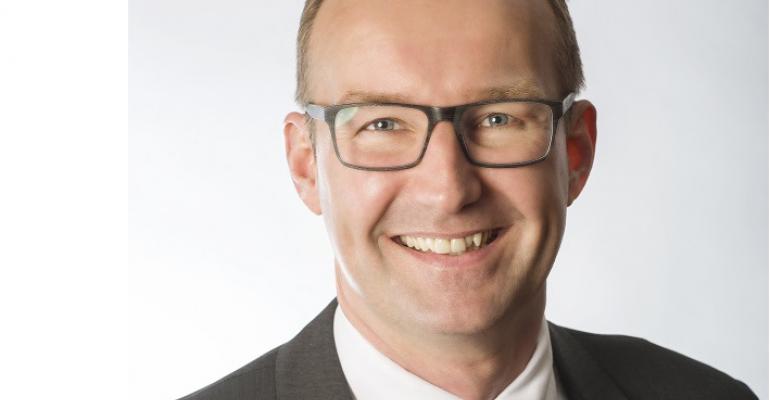Don’t be surprised if your negotiations for group hotel rates are getting the squeeze in top-tier destinations. If you take a look at today’s market, you’ll see why you’re not alone.
Our company , STR, collects room revenue and room demand figures from every branded hotel in the U.S. For the higher-end brands, we also ask if the room is sold in increments of 10 or more rooms (what we term “group”) or in increments of between one and nine rooms (what we term “transient”). We receive this data from over 90 percent of the luxury and upscale hotels in the U.S., and as such, the data we publish is a representation of the reality that is experienced by operators and meeting planners alike.
For the 12 months ending in May 2017, the demand for group rooms in the U.S. has only increased 0.8 percent, so it was basically flat compared to the same period last year. That said, average daily rate (ADR) for group rooms increased 4.4 percent to $193 for the same period. These room rates were, of course, negotiated a while back, sometimes years ago. It is worth pointing out that the room rate increase for all U.S. hotels stands only at +2.8 percent, so considerably less.
This rising ADR points to a position of strength that operators felt when they negotiated the group room rates. And they had good reason to be confident. For the first five months of the year, the occupancy in high-end hotels was quite high, 73.8 percent for luxury hotels and 73.7 percent for “upper upscale” hotels (our name for the full-service hotels with meeting room space). In other words, on the upper end, hoteliers sell over seven out of 10 rooms every night. These occupancy figures have not really changed over the last few years, pointing at a prolonged up-market for meeting hotels. No wonder that pricing power was strong when negotiating group rooms.
Of course, the average rate for a group room tells the meeting planner nothing about the performance in a specific market, so the following table is a snapshot of group ADRs in 10 markets around the country in for the first five months of 2017, according to STR’s research.
| New York, N.Y. | $353.59 |
| Maui, Hawaii | $337.45 |
| Florida Keys | $309.50 |
| Hawaii/Kauai Islands | $300.02 |
| California North | $298.60 |
| San Francisco/San Mateo, Calif. | $290.50 |
| Oahu Island, Hawaii | $262.20 |
| Miami/Hialeah, Fla. | $250.97 |
| Boston, Mass. | $249.95 |
| California Central Coast | $248.84 |
Not surprisingly, the market with the highest nightly ADR for all rooms is also the market with the highest group ADR—New York City. The three markets in Hawaii all command rate premiums as do the Florida Keys. San Francisco, Miami, and Boston are perennial meeting planner favorites, but in these markets groups compete with transient demand for space, allowing hoteliers to command top dollar from meeting attendees.
On the other side, there are still some markets where group room rates are more muted. Consider STR’s numbers for the group ADR for the first five months 2017 in these value destinations:
| Norfolk/Virgina Beach, Va. | $131.94 |
| Buffalo, N.Y. | $131.31 |
| Chattanooga, Tenn. and Georgia | $124.49 |
| McAllen/Brownsville, Texas | $119.98 |
| Oklahoma City, Okla. | $119.96 |
| Knoxville, Tenn. | $118.63 |
| New Jersey Shore | $117.61 |
| Rochester, N.Y. | $117.11 |
| Albuquerque, N.M. | $117.04 |
| Tulsa, Okla. | $108.28 |
The takeaway for meeting planners is that in an environment where meeting-oriented hotels are fairly full, room rates are going to increase. Flexibility in timing and location are key when negotiating group blocks for the coming quarters.





